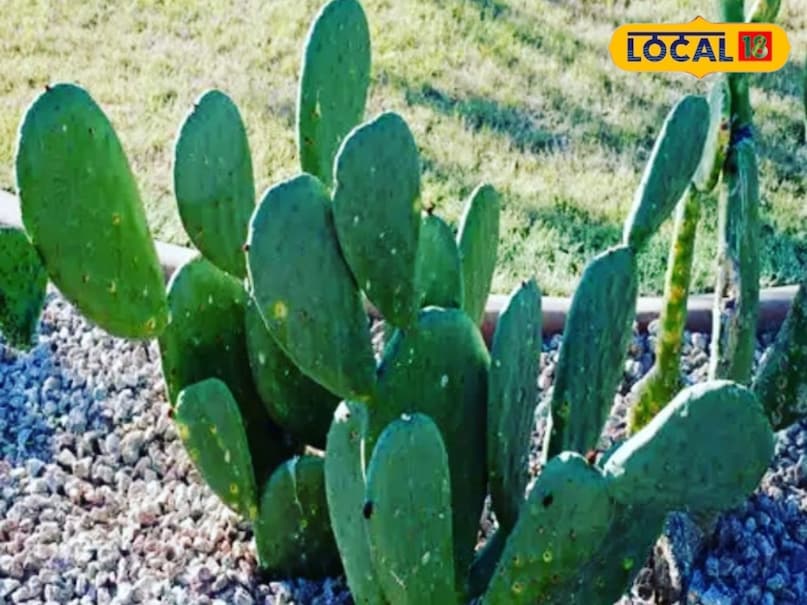Grow this thorny plant in the corner of the house, from anemia to arthritis, everyone will fix, know benefits

Last updated:
Benefit of Cactus: Mount Abu’s hawthorn plant is important in Ayurveda. According to Vaidya Damodar Prasad, it is beneficial in eye swelling, arthritis, cough, constipation and leucorrhea.

In the Mount Abu forest area of the district, trees and herbs with Ayurvedic importance of many rare species are found. One of these plants is hawthorn. This thorny plant has a beautiful flower above. The stems and fruits are used by removing thorns from it.

This plant is considered very beneficial in Ayurveda. This plant also grows in a dry place with lack of water. Retired District Ayurveda Officer Sirohi and Vaidya Damodar Prasad Chaturvedi, who have been working in the field of Ayurveda for 40 years, gave information about the Ayurvedic significance of hawthorn.

Valid Chaturvedi said that hawthorn is known as Cuttack in Ayurveda. Its leaf is like a fun of snake, due to this it is called hawthorn. There are many thorns on top of it. Whose length is up to 1-1.5 inches. In earlier times, these forks were also used in Karna piercing. This did not cause swelling or pus inside by piercing the ear.

Dr. Chaturvedi said that hawthorn is beneficial in removing inflammation in the eyes and the discomfort of arthritis in the feet. Grind the pulp of hawthorn stem and apply it around the eyes, many diseases of the eyes are cured. It is very beneficial due to cough, constipation and anemia.

Consuming 1-2 grams of powder of hawthorn fruit is beneficial in white leucorrhoea i.e. leucorrhea. Hawthorn has antiseptic as well as anti-inflammatory properties. Grind hawthorn leaves thoroughly and apply it on the joints ends inflammation in the joints. Also, there is also relief in irritation and pain in joints.





